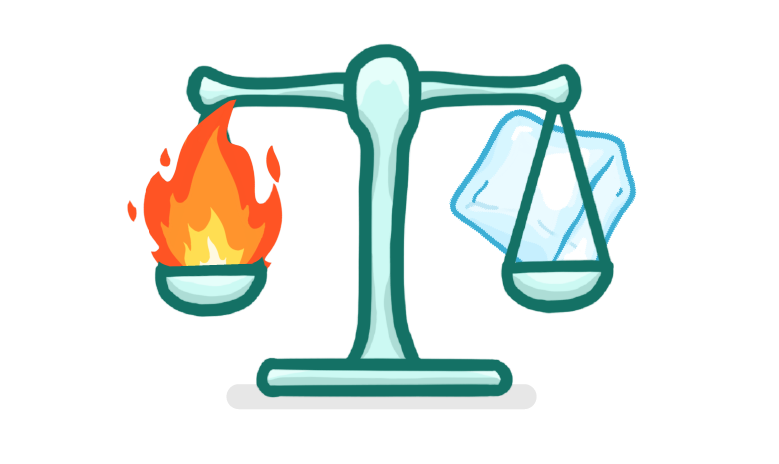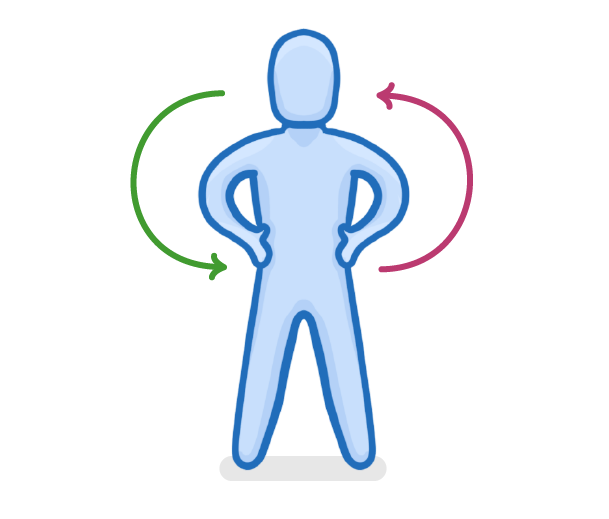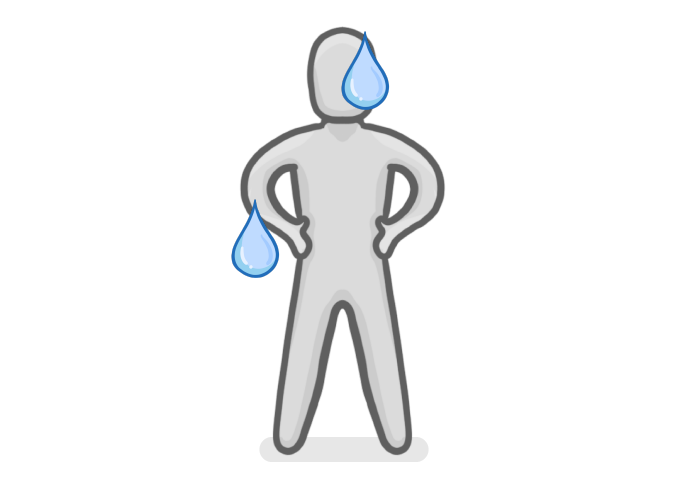Thermoregulation
This lesson covers:
- What the term 'thermoregulation' means
- How the thermoregulatory centre controls our temperature
- How we warm the body by shivering, raising body hairs, and vasoconstriction
- How we cool the body by sweating, lowering body hairs, and vasodilation
Which word refers to the control of our internal body temperature?
Thermoregulation
Specialisation
Deamination
Phagocytosis
|

The human body has to be kept around which temperature?
33°C
35°C
37°C
39°C
|

What type of feedback is involved in thermoregulation?
Inverse feedback
Positive feedback
Negative feedback
|
Why do we have to maintain our body temperature at 37°C?
It prevents pathogens from surviving
It's the optimum temperature for digestion
It's the optimum temperature for enzymes to function
|
Where in the body is the thermoregulatory centre located?
Brain
Skin
Spinal cord
|
What is the role of receptors in the body?
To carry out responses
To detect changes in conditions
To coordinate negative feedback
|
Temperature receptors are found throughout the body.
Where are the two main places they're found?
Blood vessels
Skin
Liver
Spinal cord
|
Which of the methods below serve to warm the body up?
(Select all that apply)
Dilate blood vessels near the skin
Contract erector muscles and raise body hairs
Constrict blood vessels near the skin
Relax erector muscles and lower body hairs
Shivering
|
Is information about skin temperature sent to the brain by the nervous system, or endocrine system?
Nervous
Endocrine
|
Explain how shivering warms the body.
|
brain / skin / hairs / oils / blood / air
To minimise heat loss we contract erector muscles in the , which raises our . This traps a layer of insulating and so means that less heat energy is lost.
|
Which of the methods below help cool us down?
(Select all that apply)
Constrict blood vessels near the skin
Dilate blood vessels near the skin
Sweating
Contract erector muscles and raise body hairs
Relax erector muscles and lower body hairs
|
What is vasodilation?
Blood vessels near the skin become wider, decreasing the flow of blood in the skin capillaries
Blood vessels near the skin become narrow, decreasing the flow of blood in the skin capillaries
Blood vessels near the skin become wider, increasing the flow of blood in the skin capillaries
|

How does sweat keep us cool?
Sweat is cool so it cools us down
As sweat evaporates it removes heat energy from the skin
It washes the warm oils away from our skin
|